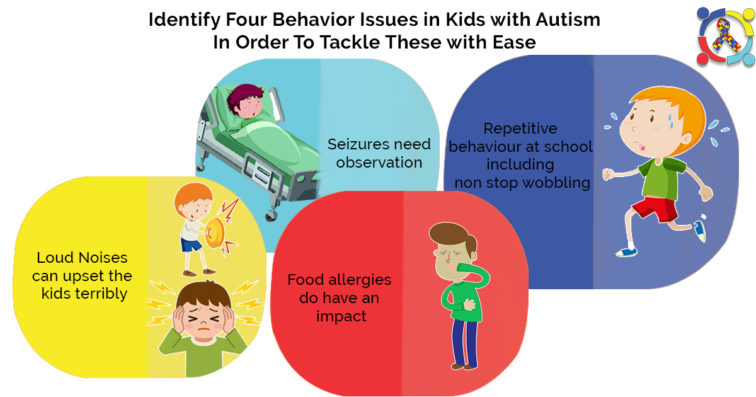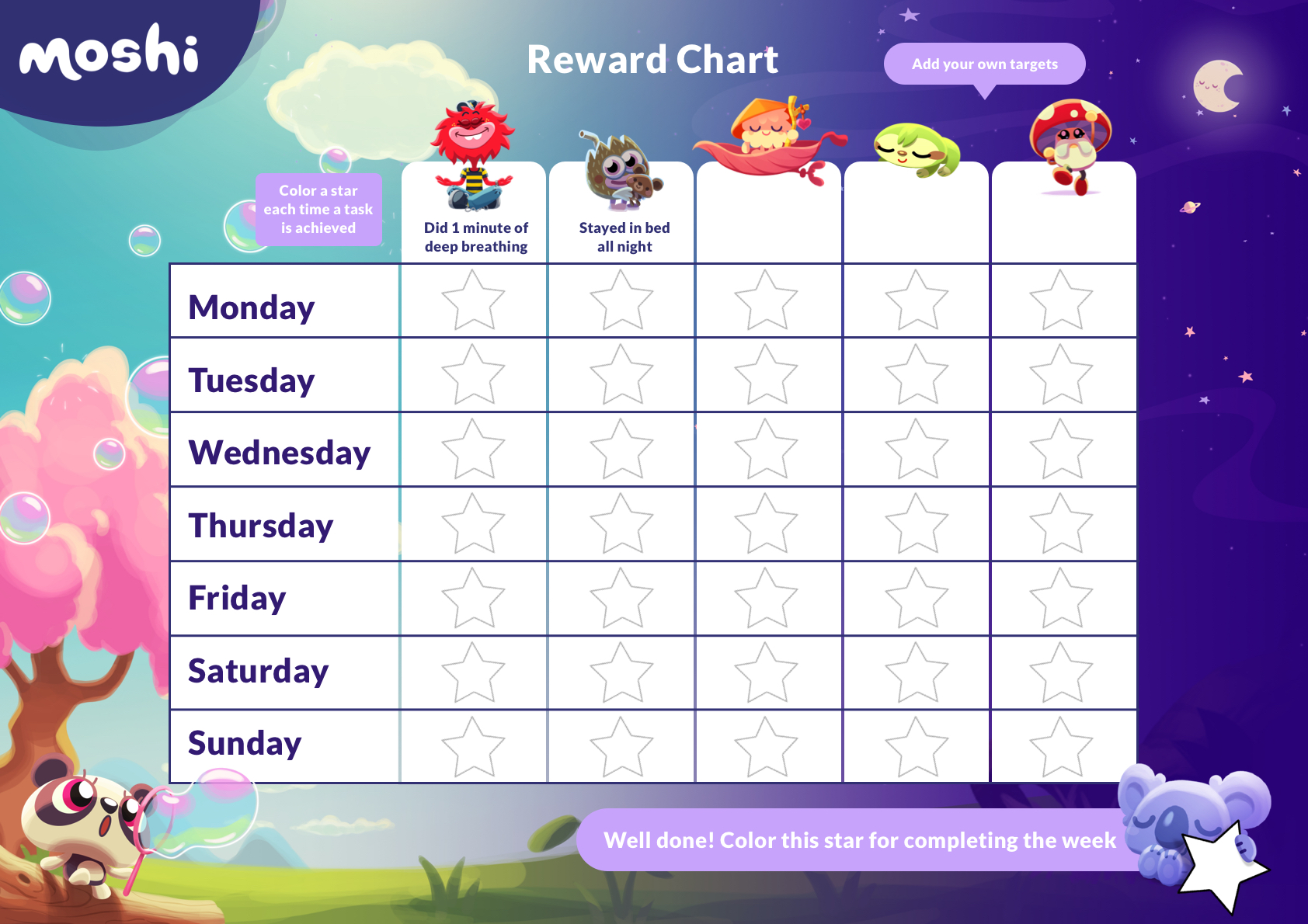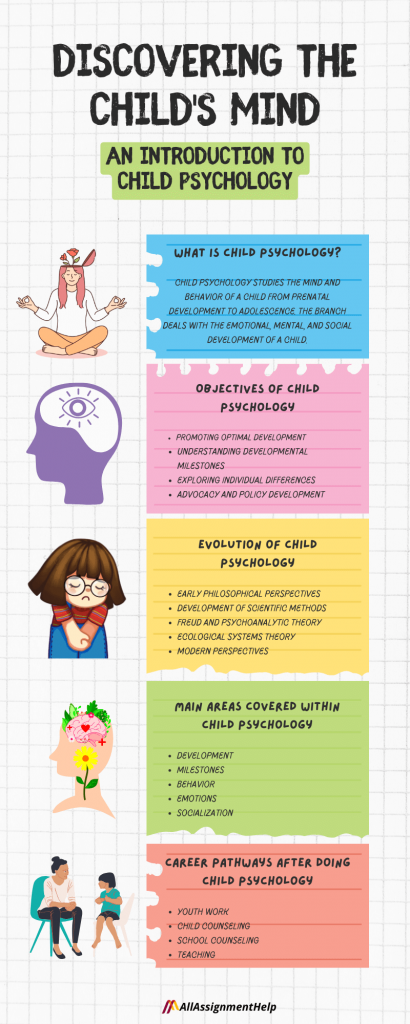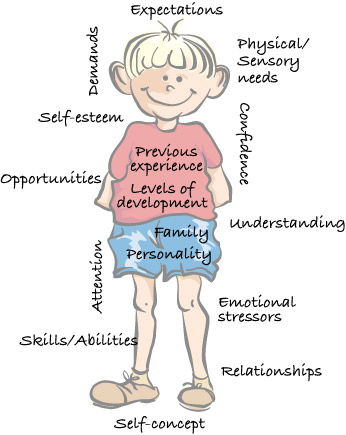Parenting isn’t always easy, but when your child has autism and struggles with behavioral issues, it can feel overwhelming at times. You might find yourself wondering if you’re doing the right things or if there’s a better way to help your child thrive.
The truth is, you’re not alone. Many parents face similar challenges, and with the right tools and strategies, you can create a calmer and more supportive environment for both you and your child. In this post, we’ll walk you through practical, easy-to-follow tips to handle these tough moments with patience and confidence—grounded in autism behavior strategies recommended by pediatric experts.
By the end, you’ll feel more equipped to understand your child’s needs and help them navigate their emotions effectively. Ready to make a positive change? Let’s dive in.
Building Trust And Connection
Building trust with an autistic child requires patience and empathy. Focus on understanding their triggers and offering consistent support. Connection grows through clear communication and creating a safe, predictable environment (see CDC treatment overview, 2024-05-16).
Building a solid foundation of trust and connection with your autistic child is essential. It’s more than just managing behavior—it’s about creating a safe space where they feel understood and valued. When trust is present, even challenging moments become opportunities for growth and bonding.
1. Understand Their Triggers
Behavioral issues often stem from unmet needs or overwhelming situations. Pay attention to what sets your child off—specific noises, crowded spaces, or sudden changes in routine. Once you know their triggers, you can plan ahead. For example, if loud noises upset them, keep noise-canceling headphones handy. These small steps show your child you care about their comfort.
2. Communicate With Patience
Your child may struggle to express their emotions. Instead of assuming, ask questions gently: “Are you feeling upset?” or “Do you want a break?” Use simple words and give them time to respond. A calm tone reassures them that you’re there to help, not to judge.
3. Respect Their Boundaries
Your child may need space when they feel overwhelmed. Respect that need, even if it means pausing an activity or stepping away. Pushing too hard can damage trust. Instead, let them come to you when they’re ready.
4. Celebrate Small Wins
Every effort your child makes to manage their behavior is a victory. Did they stay calm during a noisy outing? High-five them! Did they use words instead of a meltdown? Cheer them on! Acknowledging their progress builds their confidence. It also strengthens your connection as they see you as their biggest supporter.
5. Be Consistent
Children thrive on predictability. Stick to routines as much as possible and use visual schedules to help them understand what’s coming next (CDC: TEACCH & visual supports, 2024-05-16). Consistency helps them feel safe. When they know what to expect, they’re less likely to act out from anxiety or confusion.
6. Show Empathy, Not Frustration
Behavioral challenges can be exhausting, but your child is not giving you a hard time—they’re having a hard time. Take a deep breath when frustration creeps in and focus on their feelings. Ask yourself, “What are they trying to communicate?” This shift in mindset can transform how you approach difficult situations.
7. Spend Time Doing What They Love
Does your child light up while building Legos or drawing? Join them. Engage in their favorite activities without expectations or corrections. This shared joy strengthens your bond. It also shows your child that you appreciate them for who they are.
Trust and connection take time, but every small effort matters. What’s one step you can take today to build a stronger relationship with your child?
Recognizing Triggers
Understanding what triggers certain behaviors in autistic children is essential. These triggers often lead to emotional or physical outbursts. By identifying them, parents can help reduce stress and support their child better. Triggers vary from child to child. They can range from sensory overload to disruptions in routines. Observing patterns in behavior can offer valuable insights.
Below, let’s explore the key factors that can help you recognize triggers. Knowing these can make managing behavioral issues easier and more effective. For additional family resources, see the CDC’s family guide (2024-06-10).
Changes In Routine
Routine changes can overwhelm an autistic child. They thrive on predictability and familiarity. Sudden disruptions may lead to anxiety or frustration. Watch for signs of discomfort during schedule changes. Prepare them in advance for any anticipated alterations. Use visual aids or simple explanations to ease their understanding.
Sensory Overload
Autistic children often react strongly to sensory input. Bright lights, loud sounds, or strong smells can trigger meltdowns. They may cover their ears or avoid crowded spaces. Be mindful of their environment and reduce overwhelming stimuli. Creating a calm, quiet space can help soothe their senses.
Difficulty In Communication
Communication challenges can lead to frustration. Many autistic children struggle to express their needs or feelings. This can result in behavioral issues. Pay attention to non-verbal cues or alternative ways they communicate. Tools like picture cards or AAC (augmentative and alternative communication) can help—talk with your child’s pediatrician or speech-language pathologist about options (NIDCD, 2024-07-08).
Unfamiliar Social Situations
Social interactions can be overwhelming for autistic children. Meeting new people or being in unfamiliar settings may trigger anxiety. Observe their reactions during social events. Gradually expose them to new environments to build their comfort. Encourage small, manageable interactions to reduce stress.
Creating A Structured Environment
Autistic children with behavioral issues thrive in predictable and organized environments. A structured setting reduces stress and helps them feel more secure. It also minimizes sensory overload and frustration. By creating routines and clear boundaries, you can help your child manage their emotions better.
Here are practical ways to create a structured environment that supports their needs:
1. Establish Consistent Routines
Children with autism often feel calmer with predictable routines. Set regular times for meals, play, learning, and bedtime. Use a visual schedule with pictures or symbols to outline daily activities (CDC, 2024-05-16). This helps your child know what to expect next. Be patient as they adapt to these routines.
2. Create Designated Spaces
Organize specific areas in your home for different activities. For example, have a quiet space for relaxation and a separate area for play. Keep these spaces clutter-free and sensory-friendly. Use calming colors and limit loud noises in these areas.
3. Use Clear Rules And Expectations
Set simple, clear rules for behavior and consistently enforce them. Use short sentences to explain what is acceptable and what is not. Visual aids, like charts or cards, can help reinforce these rules. Consistency builds understanding and trust.
4. Minimize Sudden Changes
Autistic children may struggle with unexpected changes. Inform your child in advance if routines will change. Use visuals or social stories to explain the change. This prepares them mentally and reduces anxiety.
5. Incorporate Visual Supports
Visual aids are powerful tools for autistic children. Use charts, pictures, or timers to guide daily tasks. For example, a timer can indicate when an activity will end. Visuals make expectations clearer and reduce misunderstandings.
6. Provide Sensory-friendly Options
Create an environment that meets your child’s sensory needs. Offer items like noise-canceling headphones, weighted blankets, or fidget tools. Observe what calms or overstimulates your child and adjust the environment accordingly.
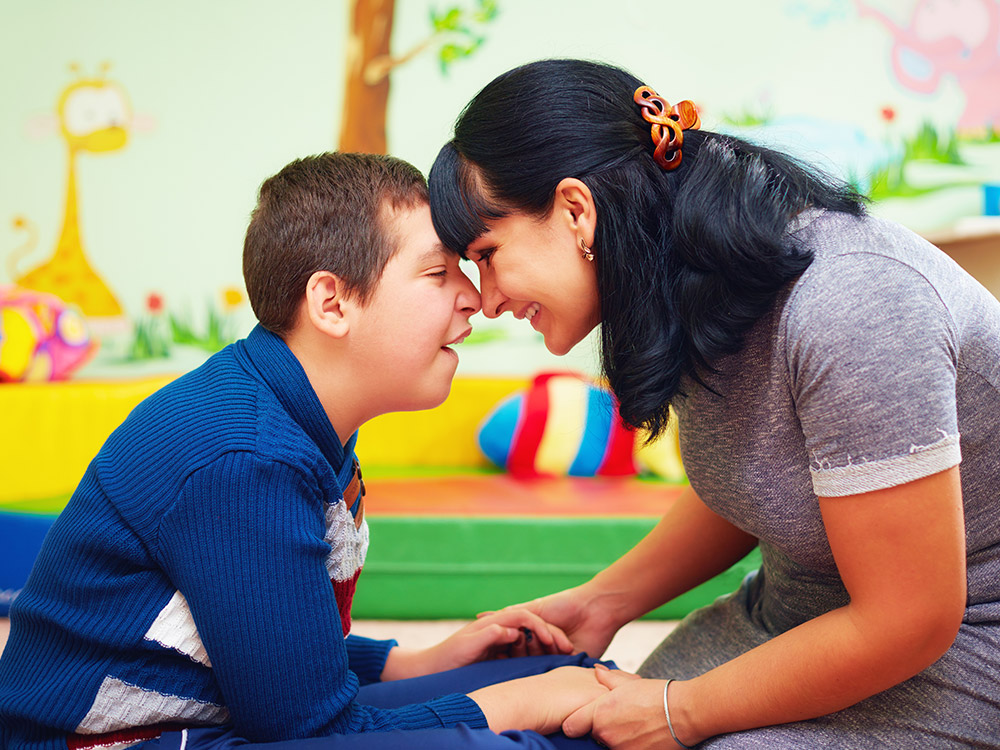
Credit: raisingchildren.net.au
Using Positive Reinforcement
Encouraging positive behaviors through rewards can help manage challenges with autistic children. Praise, tangible rewards, or favorite activities motivate cooperation. Consistent reinforcement builds trust and promotes desired actions over time.
Using Positive Reinforcement Positive reinforcement can be a game-changer when addressing behavioral challenges in autistic children. It’s about recognizing and rewarding good behavior to encourage it to happen more often. This approach helps your child feel successful and builds trust between you and them. Note: Pediatric experts advise against corporal punishment or harsh verbal discipline; focus on positive strategies instead (AAP policy, 2018-11-05).
What Is Positive Reinforcement?
Positive reinforcement means rewarding your child whenever they do something desirable. The reward could be anything that makes them happy—praise, a favorite snack, or extra playtime. It’s not about bribery; it’s about showing your child that their efforts matter. Let’s say your child struggles with sitting still during mealtime. If they manage to stay seated for even a short while, you might say, “Great job staying in your chair!” and offer a small treat. Over time, your child begins to associate staying seated with positive outcomes.
Why Does Positive Reinforcement Work?
Children with autism often respond better to clear, consistent feedback. They may not immediately understand why a certain behavior is expected, but a reward system makes the connection easier to grasp. Behavior that is rewarded tends to get repeated. If you focus on what your child does right instead of only pointing out what’s wrong, you’ll see a shift in their behavior. This also boosts their confidence and helps them feel more secure.
How To Choose Rewards That Work
Every child is different, so the key is finding what motivates your child. Ask yourself: What makes their face light up? Is it a favorite toy, a high-five, or extra screen time? Keep the rewards immediate and relevant. If your child has to wait too long to receive it, they may lose the connection between the behavior and the reward. For example, if your child successfully uses words instead of screaming to request a toy, offer praise and the toy right away.
Make It Specific And Clear
Be specific when you praise your child. Instead of saying, “Good job,” try, “I love how you used your words to tell me what you wanted!” This helps your child understand exactly what they did right. Clarity is also important. Let your child know what behavior you are looking for beforehand. For instance, you could say, “If you put your shoes on, we’ll have time for your favorite story before bed.”
Common Mistakes To Avoid
Avoid overusing rewards or making them too extravagant. If you hand out rewards for every tiny action, they may lose their impact. Save rewards for behaviors you genuinely want to encourage. Consistency is another pitfall. If you sometimes reward a behavior and other times ignore it, your child might feel confused. Stick to a predictable system, and involve everyone in your household so the approach is consistent.
Can You Use Positive Reinforcement For Meltdowns?
Not directly, but it can help prevent them. Meltdowns often stem from frustration or unmet needs. By rewarding calm communication or self-soothing attempts, you’re teaching your child alternative ways to cope. For example, if your child uses a hand signal to show they need a break instead of yelling, immediately praise them and give them that break. Small steps like these can reduce the intensity and frequency of meltdowns over time.
Start Small And Build Over Time
Positive reinforcement doesn’t have to be complicated. Focus on one or two behaviors at a time. Once your child masters those, move on to the next. You’ll see that even small wins can make a huge difference. Imagine how empowering it must feel for your child to know they’re capable of meeting your expectations. Isn’t that worth celebrating?
Collaborating With Professionals
Working with professionals can provide guidance in managing an autistic child’s behavioral challenges. Experts offer tailored strategies and support. Collaborating ensures a deeper understanding of triggers and effective ways to respond.
Working with professionals can make a big difference in managing behavioral issues. Experienced therapists, educators, and medical experts offer valuable guidance and support. Their insights help parents navigate challenges and build effective strategies.
Understanding The Role Of Therapists
Therapists specialize in supporting children with autism. They work on communication, social skills, and behavior improvement. Applied Behavior Analysis (ABA) therapists often focus on reducing disruptive behaviors. Occupational therapists help children develop coping mechanisms. Speech therapists assist with communication challenges that may affect behavior. Evidence-based behavioral and developmental approaches are recommended by pediatric authorities (CDC summary citing AAP 2020).
Engaging Special Education Teachers
Special education teachers understand the needs of autistic children. They often create personalized learning plans. These plans address both academic and behavioral goals. Teachers also provide structured environments that reduce anxiety and improve focus. Collaboration ensures consistency between home and school strategies.
Seeking Medical Expertise
Pediatricians and child psychologists can offer essential insights. They may evaluate underlying medical conditions that affect behavior. Important: there are no medications that treat the core symptoms of autism; some medicines may help with co-occurring issues like irritability, anxiety, attention, or sleep problems—always under a clinician’s guidance (CDC, 2024-05-16).
Building A Collaborative Team
A team approach benefits both the child and the family. Parents, therapists, teachers, and doctors work together. Clear communication among the team ensures consistency in strategies. Regular meetings help track progress and make necessary adjustments.
Using Professional Resources
Professionals can provide tools and resources for parents. These include books, online courses, and support groups. Learning from experts empowers parents to handle daily challenges effectively. Accessing resources also helps parents feel less overwhelmed. If your child is minimally verbal, ask about AAC options and supports (see NIDCD, 2024-07-08; AAP supports & services, 2024-01-18).

Credit: www.autismconnect.com
Practicing Patience And Self-care
Caring for an autistic child with behavioral challenges can feel overwhelming. Parents often face emotional and physical exhaustion. These challenges highlight the need for patience and self-care. Both are essential for maintaining your well-being and supporting your child effectively. By focusing on your needs, you can better handle daily stresses and remain calm during difficult moments.
Practicing patience and self-care is not selfish. It’s a step toward creating a healthier and more supportive environment for your child. Let’s explore actionable steps to help you find balance and resilience in this journey.
1. Take Deep Breaths In Stressful Moments
Deep breathing can help calm your mind during challenging situations. It slows your heart rate and reduces tension. When your child is upset, take a moment to breathe deeply. Inhale through your nose for four seconds and exhale through your mouth for six seconds. Repeat this process until you feel calmer. This practice can help you respond to your child with patience instead of frustration.
2. Set Realistic Expectations For Yourself
It’s easy to feel like you must do everything perfectly. But perfection is impossible, and aiming for it can lead to burnout. Understand that challenges are part of the process. Give yourself grace and acknowledge your efforts. Celebrate small victories, even if they seem insignificant. Remember, progress is more important than perfection.
3. Prioritize Your Sleep And Nutrition
Lack of sleep can make you irritable and less patient. Aim for at least seven hours of rest each night. Create a bedtime routine to help your body relax. Avoid screens before bed and choose calming activities instead. Healthy eating also plays a crucial role in energy levels. Include fruits, vegetables, and whole grains in your meals. Balanced nutrition can improve your mood and overall well-being.
4. Take Time For Activities You Enjoy
Spending time on hobbies can recharge your mental energy. Whether it’s reading, gardening, or listening to music, dedicate time for yourself. Even 10 to 15 minutes of personal time can make a difference. These moments can help you feel refreshed and ready to tackle parenting challenges.
5. Seek Support From Trusted People
Talking to someone who understands your struggles can provide relief. Share your feelings with a friend, family member, or support group. They may offer advice or simply listen without judgment. Knowing you are not alone in your journey can make tough times feel more manageable. Professional counseling can also help if needed.
6. Practice Positive Self-talk
Your inner dialogue greatly impacts your patience and mindset. Replace negative thoughts with encouraging ones. Instead of saying, “I can’t handle this,” try, “I am doing my best.” Positive affirmations can boost your confidence and keep you motivated. Over time, this practice can help you approach challenges with a calmer perspective.
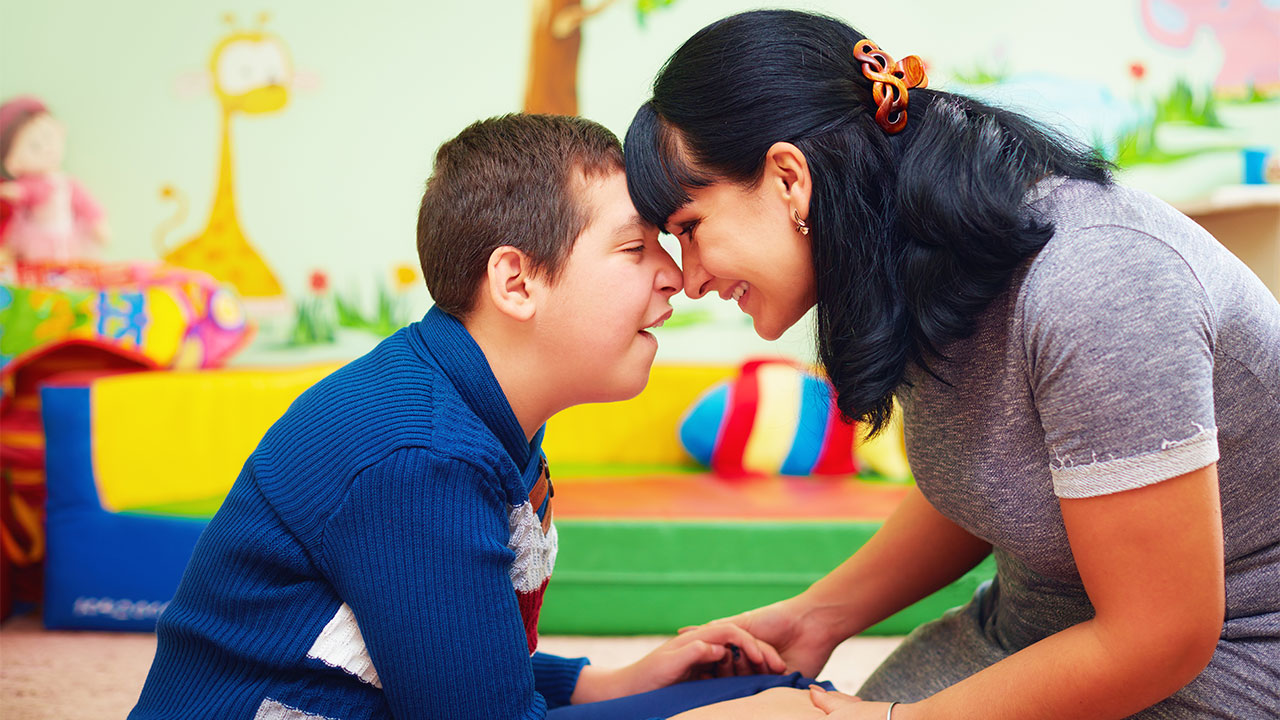
Credit: raisingchildren.net.au
Frequently Asked Questions
How Do You Discipline An Autistic Child For Bad Behavior?
Use positive reinforcement, clear communication, and set consistent boundaries. Address sensory needs and avoid punishment. Teach coping skills calmly (AAP policy, 2018-11-05).
How To Deal With Challenging Behaviors In Autism?
Address challenging behaviors in autism by identifying triggers, using positive reinforcement, and maintaining a consistent routine. Practice clear communication, offer choices, and teach coping strategies. Seek professional guidance if needed (see NIMH overview, 2024-12). Patience and understanding are key to supporting individuals effectively.
How Do You Deal With An Angry Autistic Child?
Stay calm and use a soothing tone. Give them space to self-regulate. Identify triggers and avoid them. Offer comfort through sensory tools or favorite items. Use clear, simple language to communicate.
What Are Severe Behavior Problems With Autism?
Severe behavior problems with autism include aggression, self-injury, meltdowns, property destruction, and extreme non-compliance. These behaviors can disrupt daily life. Work with a clinician to assess safety and individualized supports (CDC, 2024-05-16).
Conclusion
Supporting an autistic child with behavioral issues takes patience and understanding. Small, consistent steps can bring gradual improvements over time. Focus on their strengths and celebrate their progress. Stay calm during challenging moments and offer clear, simple guidance. Building trust and a safe environment helps them feel secure.
Seek professional support when needed for added tools and strategies. Remember, every child is unique and learns at their own pace. Your love and dedication make a meaningful difference in their growth. Keep learning, stay positive, and cherish every milestone they achieve.
